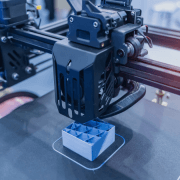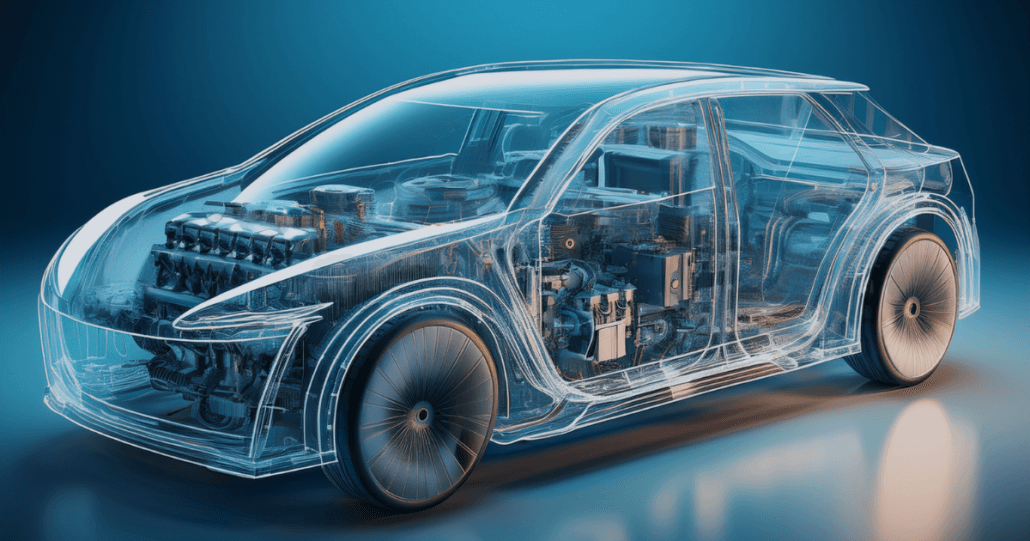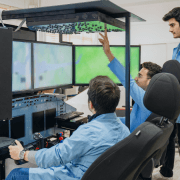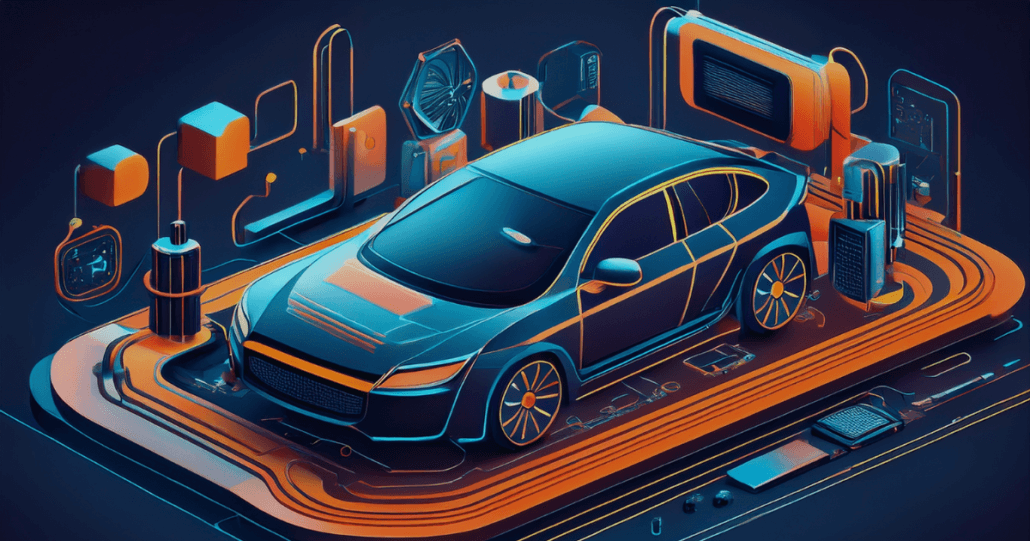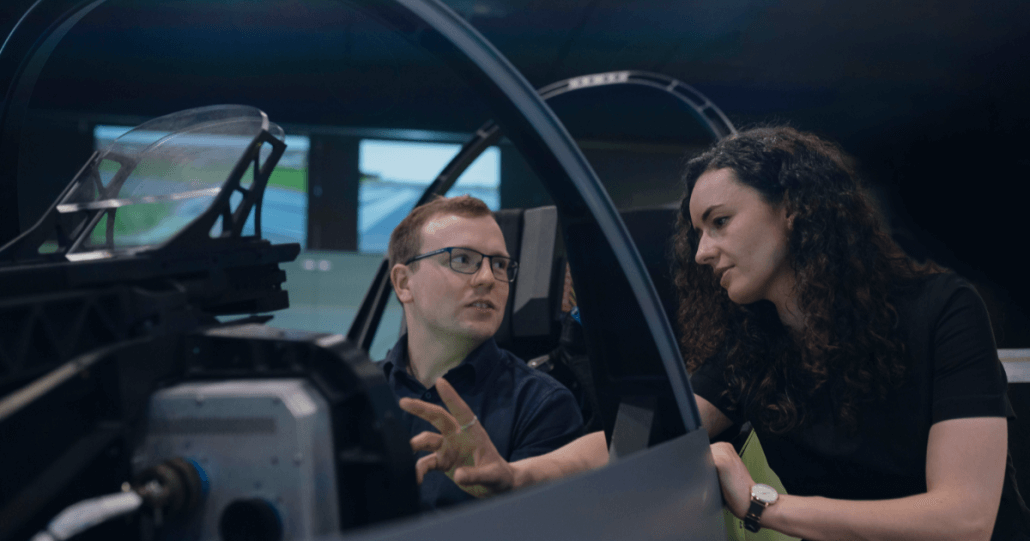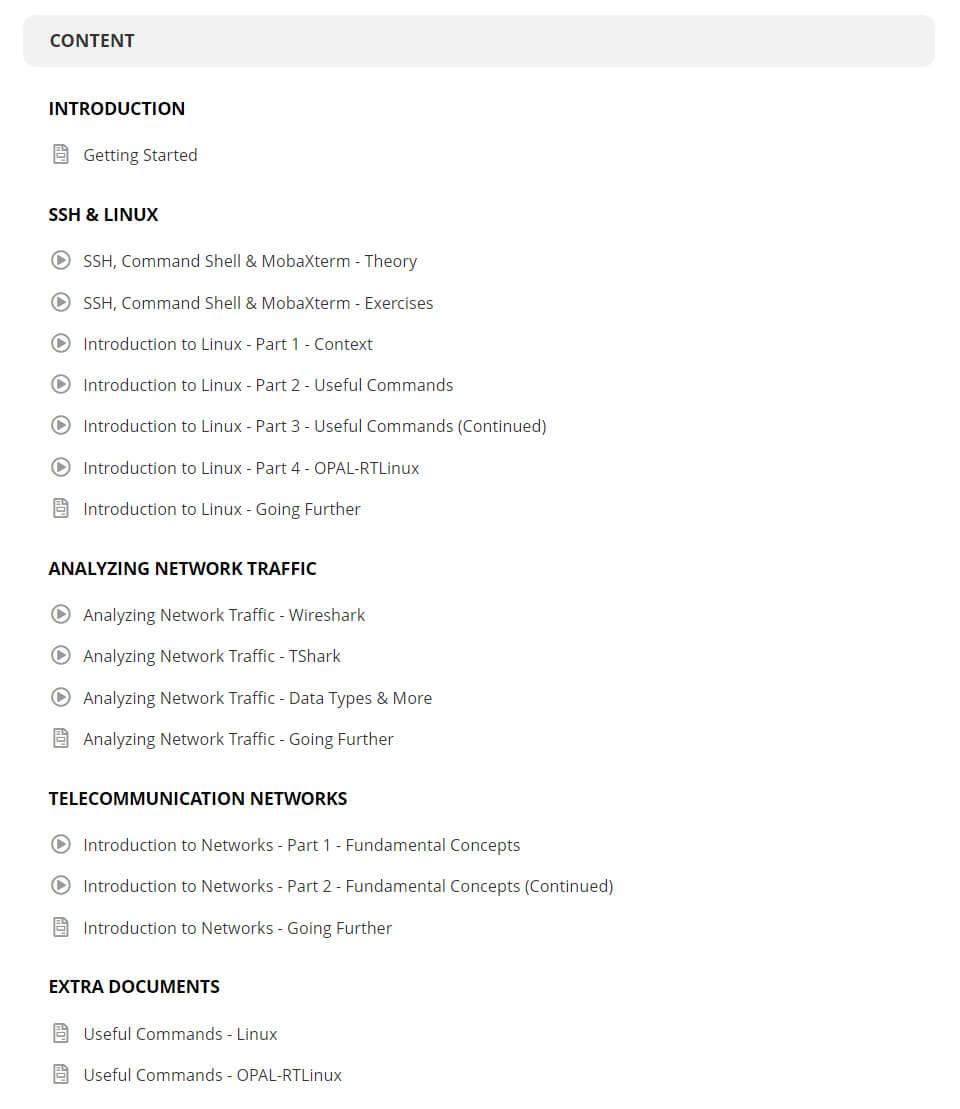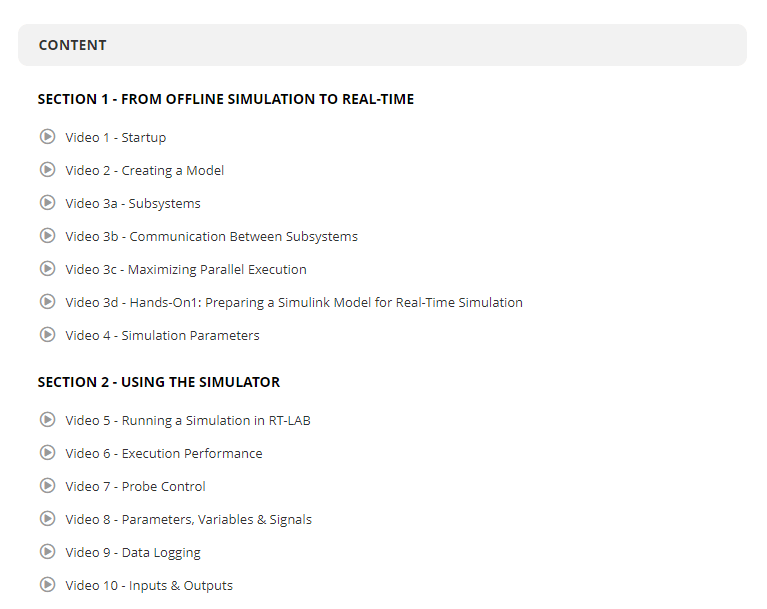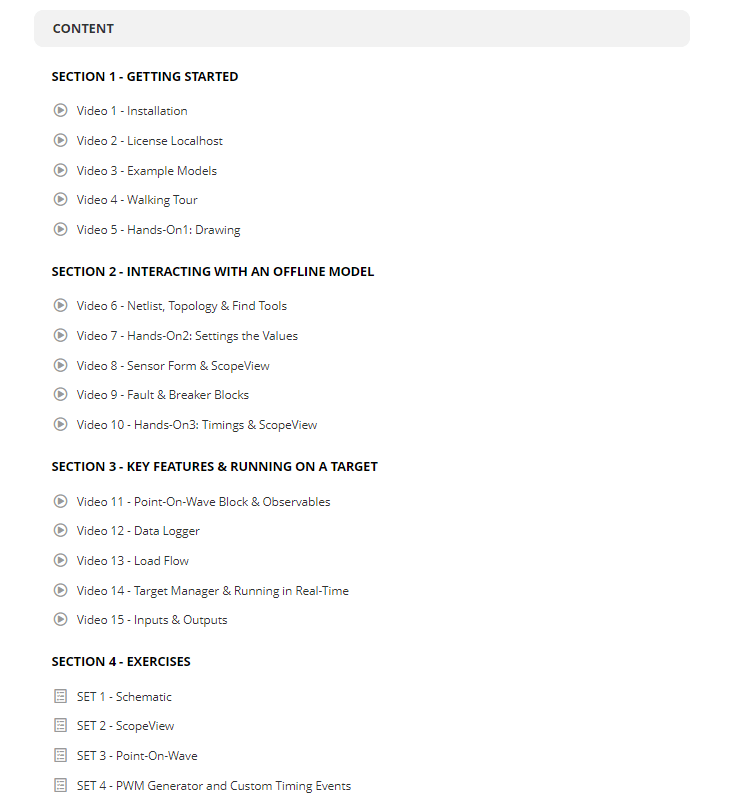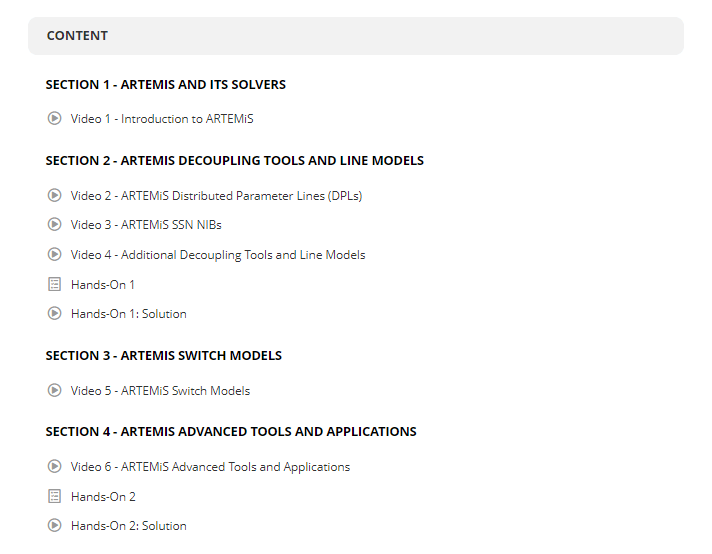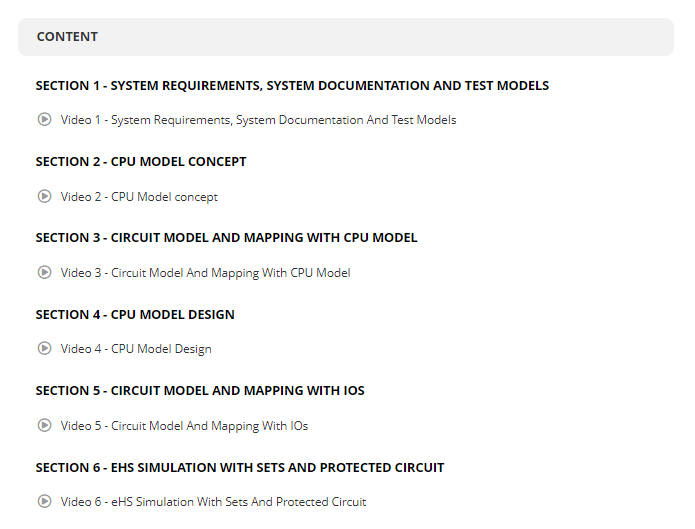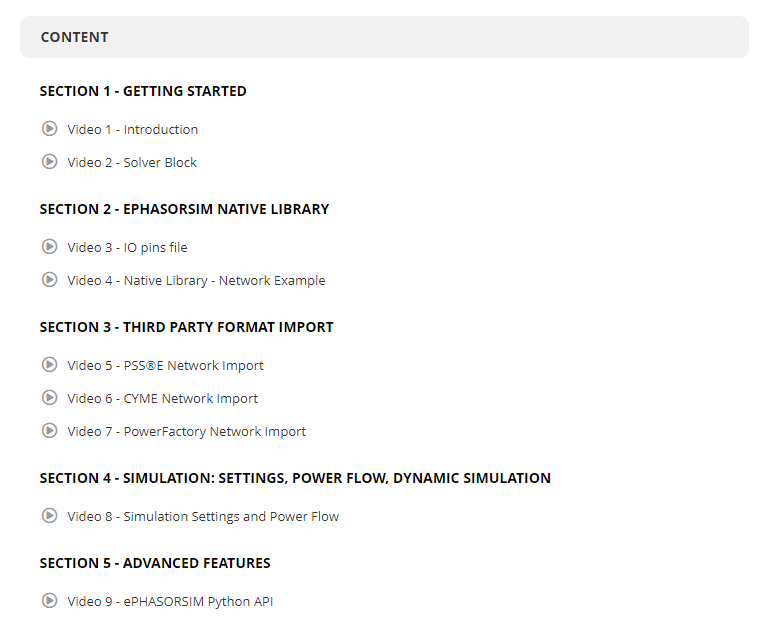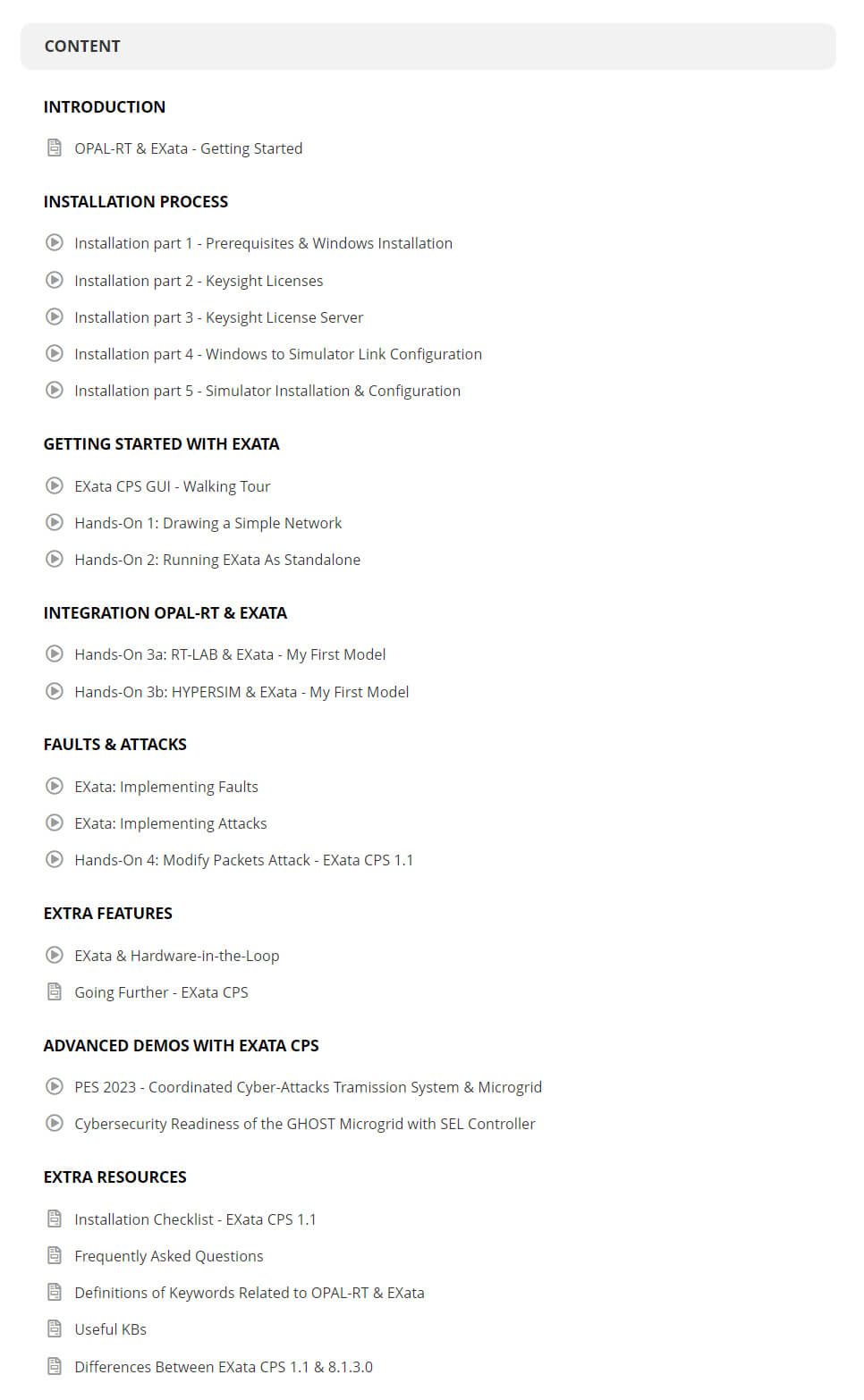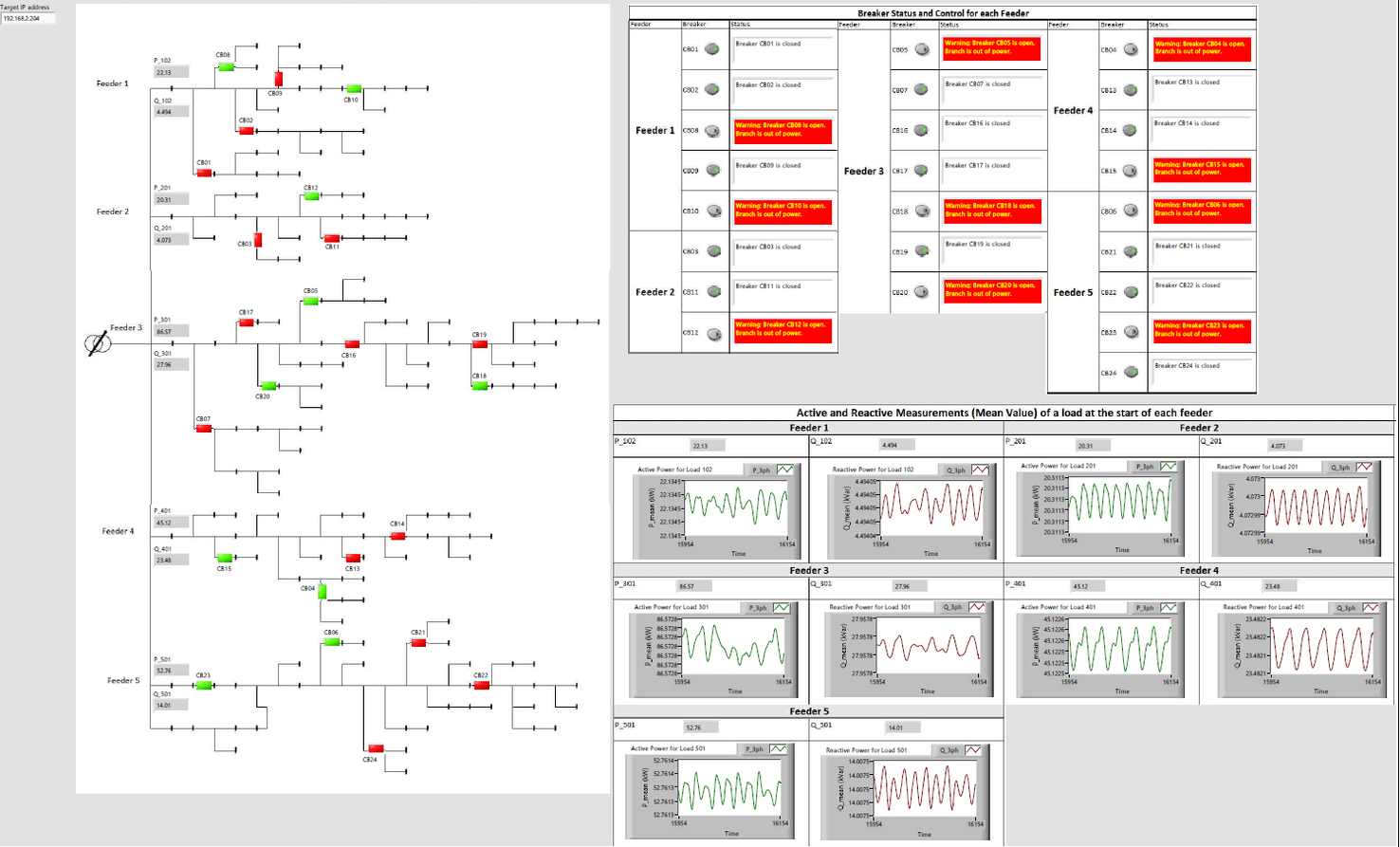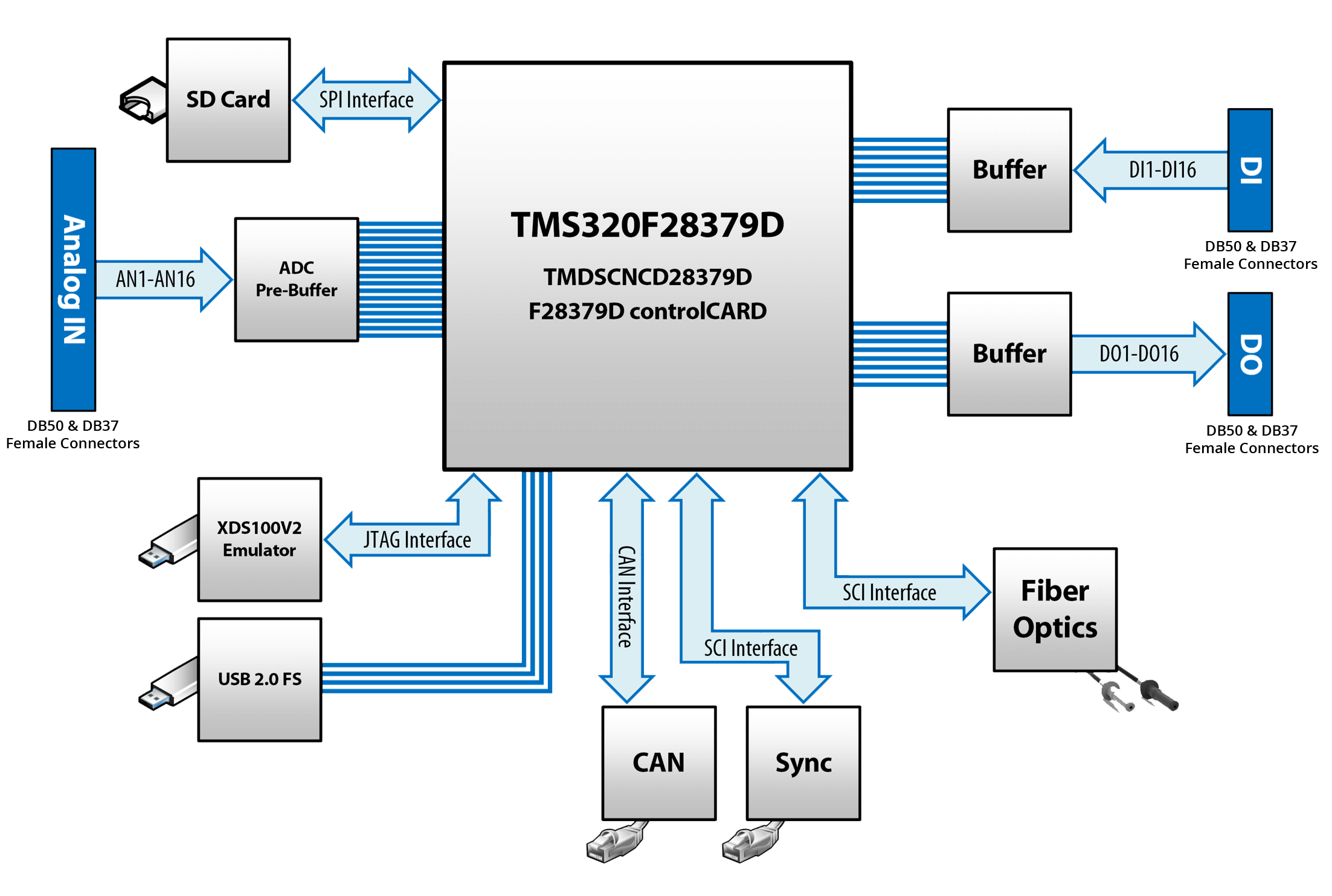What Is Communication Protocol in PLC? A Technical Guide for Senior Engineers
Communication protocols in PLC systems shape the flow of critical data across industrial operations. They form the structured ruleset that ensures devices speak the same language, resulting in faster production changes and more efficient resource allocation. Engineers rely on these protocols to maintain consistent performance, reduce downtime, and enhance stakeholder alignment. Selecting the right protocol fosters measurable impact, including shortened project timelines and better returns on investment.
Why Communication Protocols Are Central to PLC Systems

Successful PLC systems rest on consistent and secure data exchange across all connected devices. An effective communication protocol in PLC plays a direct role in maintaining accurate measurements, driving precise commands, and detecting anomalies before they escalate. This focus on robust data sharing helps reduce production errors and supports high-level analytics, which often elevates quality standards for end-users.
Engineers appreciate communication protocols in PLC because they streamline customization and future expansions. Scalable protocols allow for phased additions of equipment, which shortens time to market and simplifies upgrades. Many teams also see communication protocols as essential for cost management, since proper configurations can lower integration overhead and reduce the burden on technical staff.
Defining Communication Protocols in PLC Setups
A communication protocol in a PLC setup outlines how controllers, sensors, drives, and related devices exchange data. Everything from the low-level arrangement of bits to how each packet is labeled falls under this set of rules. These protocols address how a device recognizes the start of a message, checks its length, and finalizes the communication.
Protocols also manage error detection and handling. This involves methods for catching corrupted packets or identifying lost data, followed by initiating re-transmission routines to maintain a reliable data flow. Device identification is another critical function of these protocols. Each controller or sensor is assigned a unique address, which prevents conflicts and ensures that data reaches the correct destination within the network.
Security provisions are particularly important in sensitive industries like energy infrastructure and aerospace. Communication protocols frequently incorporate measures designed to prevent unauthorized access and guard against data tampering or interference. PLC systems run best when each layer of communication remains predictable. Manufacturing floors, grid simulation labs, and aerospace test stands benefit significantly from protocols that facilitate fast, accurate data exchanges. This consistent data handling is essential for advanced real-time simulation, where responses measured in microseconds often determine the success of critical projects
Protocol Selection: Impact on Project Outcomes
Communication protocols significantly influence development timelines, resource allocation, and overall system reliability. Carefully chosen standards cut guesswork by ensuring each device interprets data the same way. A strong match between protocol features and project goals often drives:
- Fast Commissioning: Standardized messaging reduces the time needed to bring systems online. Engineers can focus on optimizing performance instead of fighting connectivity hurdles.
- Better Allocation of Technical Staff: If a protocol is well documented and widely used, teams spend less time on troubleshooting and more time refining advanced control strategies.
- Cost Control: Fewer rewrites of communication logic mean fewer unplanned expenses. Teams reassign hours away from patching connectivity issues toward future-focused tasks.
- Long-Term Stability: Protocols known for backward compatibility let organizations integrate new hardware or software without forcing entire redesigns.
These benefits resonate across sectors that demand real-time assurance. For instance, automotive engineers fine-tuning advanced driver-assist features need reliable PLC links for brake sensors, electric powertrains, and battery systems. Power systems engineers conducting grid simulations rely on stable data exchange to evaluate load changes or harmonic conditions.
Common Communication Protocols in PLC Systems

Engineers often compare a handful of widely adopted protocols, each with a track record for reliability, speed, or simplicity. The choice usually depends on physical constraints, existing infrastructure, and the specific performance targets of an application. Below are some leading protocols that appear frequently across multiple industries.
1. Modbus
Modbus promises a straightforward way to link PLCs with various field devices. It relies on a master-slave configuration, where a primary controller initiates communication and secondary devices respond. Many engineers rely on it for its simplicity, especially in applications like data monitoring or reading sensor values. Swift adoption often results in fewer barriers when adding new devices or performing updates.
One measurable benefit of Modbus is the ability to scale systems without large modifications to existing infrastructure. This compatibility eases change management concerns by minimizing resource-intensive rewiring or recoding efforts. Another advantage appears in cost-effectiveness, as it operates efficiently on a serial link or TCP/IP connection without specialized hardware. The result is an optimized approach that supports quicker deployment and reduces downtime for maintenance tasks.
2. PROFIBUS
PROFIBUS (Process Field Bus) delivers robust performance tailored for complex process control applications. It features deterministic communication, ensuring devices transmit data at precise intervals. This capability suits situations with strict time constraints, like high-speed assembly lines or advanced manufacturing cells. Smoother integration with distributed I/O modules often translates to improved governance over large-scale operations.
Teams benefit from PROFIBUS because it supports a range of device types while maintaining dependable data throughput. It also enables straightforward diagnostics, which helps detect potential faults early and shortens troubleshooting cycles. Many organizations appreciate its modular structure, which simplifies expansions and upgrades. Faster reconfiguration times often lead to time savings and a measurable impact on overall system productivity.
3. Ethernet/IP
Ethernet/IP applies standard Ethernet technology to industrial communication needs, combining familiarity with robust performance. Its open architecture encourages flexible data exchange between PLCs, controllers, and management systems. High bandwidth and quick response times suit sophisticated use cases, including motion control or distributed manufacturing processes. Teams with existing Ethernet networks typically find it easier to merge this protocol into their infrastructure.
One vital advantage is its alignment with mainstream network equipment, which lowers implementation costs while providing a broad hardware selection. This approach improves scale-up efforts by using standard cabling and networking practices. Another takeaway is the support for advanced analytics, as Ethernet/IP can carry large data packets for remote access or monitoring. This opens new ways to manage assets, resulting in reduced downtime and more efficient resource allocation.
4. DeviceNet
DeviceNet connects PLCs with industrial devices such as sensors, actuators, and motor drives on a single network. It operates on a producer-consumer model, sharing data in a structured way that reduces the load on controllers. This design focuses on simpler wiring, with the power and data signals combined in a single cable to cut material costs and speed up installations. Many technicians value DeviceNet for direct access to device parameters and status information.
Simplified wiring translates into measurable business returns, since installation time and material expenses often decrease. This advantage becomes more pronounced in large-scale facilities where engineers might replace or upgrade devices frequently. DeviceNet also supports intelligent device monitoring, which shortens downtime by spotting hardware faults in real time. The end result is a cost-effective protocol option that helps managers optimize maintenance schedules.
5. CANopen
CANopen builds upon the Controller Area Network (CAN) and focuses on flexible configuration and real-time support. It often appears in applications where devices need to communicate continuously without heavy overhead. This protocol segments communication tasks into different message objects, which can prioritize critical signals over less essential data. Many users appreciate the straightforward device profiles that define how sensors and actuators behave, making configuration more consistent and intuitive.
One notable outcome is that CANopen helps reveal ways to reduce integration complexity and consolidate PLC tasks on a single bus. Reducing complexity often leads to direct cost savings, as fewer hours go toward debugging or fine-tuning multiple networks. Another important benefit involves safer operations in automotive and heavy machinery environments, where short update cycles enhance reliability. The result is a framework that keeps downtime low while allowing for future expansions.
Critical Building Blocks of Protocol Design
Each protocol incorporates layers that govern how devices establish connections, transfer data, and handle errors. Senior engineers who plan expansions or set up HIL simulations need to account for these elements:
- Connection and Handshaking: A predefined routine that determines how devices initiate contact and confirm readiness for data exchange. Early-phase clarity ensures minimal confusion during rapid network startups.
- Packet Architecture and Formatting: Identical data structures across devices support faster interpretation and reduce message corruption. Structured packets also make partial troubleshooting simpler.
- Error Checking and Correction: Methods such as checksums or CRC (Cyclic Redundancy Check) detect transmission faults. Automatic re-transmission routines or error flags reduce data loss in critical processes.
- Addressing or Node Identification: Unique addresses eliminate signal collisions. Properly managed ID ranges help the network scale while retaining clarity around which device owns a specific data variable.
- Security and Access Controls: Robust protocols often include encryption or authentication methods. Industrial labs with valuable IP or safety concerns need layered security to prevent unauthorized commands or data interception.
Upfront planning in these areas saves future hours spent on troubleshooting. A consistent packet format, for instance, means every new sensor can follow a standardized process to announce its presence. This uniformity keeps expansions from turning into costly reworks and prevents confusion when multiple engineering teams share lab resources.
Trends Shaping PLC Communication Protocols

Development teams see an ongoing push toward open standards, unified data handling, and simplified integration with advanced analytics. Large projects in energy and aerospace often merge legacy PLC hardware with modern solutions, including AI-based processing for real-time anomaly detection or predictive maintenance. Standardized protocols make these hybrid approaches feasible by ensuring data consistency across all devices.
- Convergence of Operational and IT Networks: Cloud platforms gather real-time plant metrics to guide long-term planning. Protocols that support robust security and standardized data structures are crucial in bridging these two worlds.
- Wireless and IIoT Integration: Some operations add wireless nodes to gather data from remote or mobile assets. Protocol updates that handle encryption and authentication help maintain reliability in these distributed networks.
- Stronger Security Measures: Industrial settings emphasize encryption, intrusion detection, and secure device authentication to reduce risks. Communication protocols now frequently incorporate these measures as standard features.
- AI-Focused Tools: Machine learning solutions need large datasets for accuracy. Protocols offering consistent message formatting ensure data from controllers, sensors, or power inverters is gathered without confusion.
Forward-thinking teams often prioritize protocols with a strong track record, robust documentation, and flexible expansion options. Each of these attributes reduces headaches when next-generation requirements, such as extended HIL tests, multi-physics simulations, or cloud-based HPC, arrive. Many labs see direct cost savings by choosing a protocol that accommodates growth without forcing entire system rewrites.
Aligning Protocol Choices with Real-Time Simulation Goals
Real-time simulation, especially Hardware-in-the-Loop testing, brings engineering prototypes face-to-face with realistic conditions. Systems must process feedback signals with minimal latency and feed accurate data back into physical or virtual components. A suitable protocol stabilizes these transactions, ensuring signals arrive without delay or corruption.
- Precision: HIL tests replicate events like grid faults or rapid speed changes in an electric motor. Protocols must handle bursts of data without dropping packets.
- Scalability: Large labs might simulate a microgrid with dozens of connected inverters. Each device node needs a clear addressing scheme so logs remain traceable.
- Integration with Multiple Toolchains: Real-time platforms frequently link to MATLAB/Simulink, Python scripts, or custom software. Protocols that follow open standards reduce friction when bridging these tools.
At OPAL-RT, real-time digital simulators integrate seamlessly with many PLC communication protocols. Solutions like OP4200 or OP7000 accommodate these standards through modular I/O interfaces, letting engineers consolidate data from high-fidelity power electronics tests and mechanical subsystems on a single unified platform. This level of interoperability helps avoid the pitfalls of proprietary lock-in, making expansions straightforward as research evolves from small bench models to full-scale prototypes.
Strategies for Senior Engineers and Technical Leads
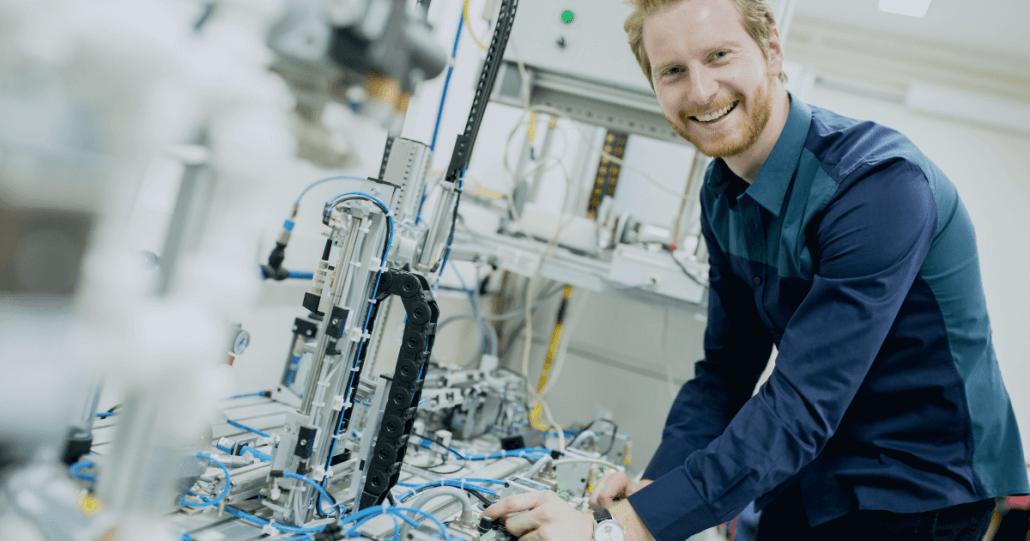
- Identify Project-Specific Constraints: High-voltage aerospace tests have different timing demands than automotive battery management setups. Match protocol capabilities (bandwidth, determinism, security) to the real-time challenges of each scenario.
- Favor Open Standards: Proprietary solutions can simplify short-term tasks but lock teams out of flexible expansions. Publicly documented protocols with wide vendor support often reduce future headaches.
- Confirm Compatibility with Simulation Tools: Many labs incorporate custom modeling or co-simulation. Verify that the protocol aligns with existing toolchains, so communication overhead doesn’t inflate test cycles or break key data links.
- Invest in Scalable Hardware Platforms: Choose real-time simulators and PLC equipment that can grow in parallel. Protocol adaptors or modular I/O expansions help keep up with new sensor installations or updated HIL test requirements.
- Emphasize Security Early: Once a setup is operational, retrofitting encryption or secure authentication can disrupt data flows. Engineers can avoid extensive rewrites by designing secure communication from the beginning.
How OPAL-RT Supports Communication Protocol Objectives
OPAL-RT has spent decades refining real-time simulation tools that give engineers a wide canvas for integration. Senior simulation specialists in energy, automotive, and aerospace can connect PLCs using Modbus, PROFIBUS, Ethernet/IP, or additional protocols through dedicated interface modules. These solutions handle the heavy lifting of fast data exchange while preserving the nuance required for high-fidelity modeling of power circuits, flight control surfaces, or advanced propulsion systems.
Distinct Benefits for Complex Projects:
- Ultra-Low Latency: FPGA-accelerated simulation ensures that protocol exchanges happen without bottlenecks, which is essential in situations like motor torque validation or grid fault replication.
- Modular Architecture: Scalable platforms let teams add protocol modules only when needed. This approach locks in cost savings while leaving room for expansions in energy distribution or automotive sensor arrays.
- Flexible Toolchain Compatibility: Native support for a range of workflows means real-time data can flow directly from the simulator to analytics dashboards without specialized converters.
Engineers and innovators across multiple fields turn to real-time simulation to shorten development time, minimize risk, and expand what’s possible. At OPAL-RT, we offer decades of expertise and a passion for innovation, delivering open, scalable, and high-performance simulation platforms. From Hardware-in-the-Loop testing to AI-based cloud simulation, teams can design, test, and validate with confidence.
Frequently Asked Questions
What role does a communication protocol play in PLC performance? It sets the rules for how devices exchange data, which affects speed and reliability. A well-chosen communication protocol in PLC systems can streamline data flow, lower integration hurdles, and increase production efficiency. It also supports real-time monitoring, improving your ability to make quick operational adjustments. Which communication protocol in PLC is best for scalable expansions? Many teams pick Ethernet/IP for its compatibility with standard networking devices, resulting in easier scaling. Others prefer Modbus TCP due to widespread support and straightforward setup. The best choice depends on performance demands and existing infrastructure, so evaluating project goals remains essential. Can communication protocols in PLC support cost-effective operations? They often reduce material expenses by simplifying wiring and reducing installation time. A protocol like DeviceNet merges data and power in one cable, cutting hardware costs. This focus on streamlined networks boosts productivity and can optimize returns over the system lifecycle. How do security measures fit into communication protocol in PLC systems? They protect critical data from unauthorized access through encryption and access control. Network segmentation also plays a role in minimizing vulnerabilities across multiple devices. These safeguards help maintain uptime, reduce unexpected costs, and build trust with internal and external stakeholders. What is the difference between Ethernet/IP and Modbus in PLC communication? The main difference between these two protocols lies in bandwidth and structure. Ethernet/IP supports higher data rates using standard Ethernet equipment, while Modbus takes a simpler approach that suits legacy systems. Each option can address unique needs, so decisions often hinge on specific performance requirements and existing infrastructure.


